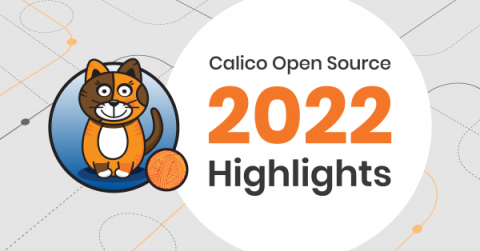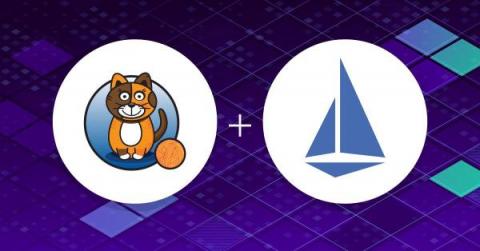What's new in Calico Enterprise 3.16: Egress gateway on AKS, Service Graph optimizations, and more!
We are excited to announce the early preview of Calico Enterprise 3.16. This latest release extends the active security platform’s support for egress access controls, improves the usability of network-based threat defense features, and scales visualization of Kubernetes workloads to 100s of namespaces. Let’s go through some of the highlights of this release.











